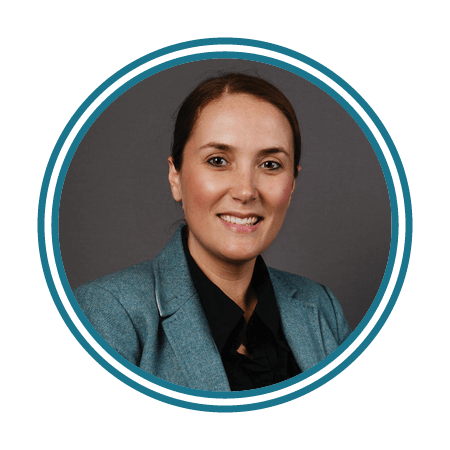Among the most common grievances in the world of philanthropic fundraising are the difficulties the development staff faces in engaging the C-Suite. It is the objective of every fundraiser to determine what the C-Suite’s sweet spot is in terms of luring them into doing what they must in order for nonprofit fundraising efforts to be successful. How to do that varies from organization to organization and can depend upon the nature of your nonprofit’s work and the personalities of the people who work there.
In order for nonprofits to operate and fundraise in the most effective and efficient way, philanthropists must be empowered in a way that fully immerses them in the organization and allows them to develop stories that will activate donors.
To take a step back, we must first acknowledge that critical to any successful organization’s work is an active and empowered board of directors. A key responsibility of each board member is to serve as a spokesperson for the organization within their own networks, relaying the great successes of the staff and leadership and increasing the honor of their ventures and the pride they feel in the work they’ve done. It’s vital that the story they bring to the community about the organization’s work is positive and persuasive, but, they can’t do their work until they have a compelling to tell.
The philanthropy director and staff of the organization are the people helping the board of directors find words for that story that reflect well externally. The philanthropy director has to know, therefore, everything there is to know about the organization, the staff, the mission, and the major needs that must be fulfilled to drive forward operations. The director of philanthropy needs to be empowered.
To achieve this empowerment, the philanthropist must have the support and dedication of the CEO, the COO and the CFO. These leaders’ support trickles down to the staff, who can then see how important philanthropy and fundraising are and do what is necessary to support the development office.
In addition to C-suite buy in and support, the philanthropist must be immersed. The philanthropy arm of a nonprofit organization can’t talk about the nonprofit in a compelling way without truly understanding its purpose. Immersion is the most effective way to help philanthropy professionals understand the business and also shows staff that the work is valuable to the organization. Once the philanthropy department is immersed, the nonprofit can trust that their expertise will be focused on driving the purpose of the organization forward through fundraising. Whether the philanthropy staff are speaking to donors or writing grants, they need to be able to speak clearly and compellingly about the organization and to know they can rely on support from their leaders.
Often times, however, these C-Suite folks aren’t entirely certain why philanthropy needs to be so involved in the daily operations of the nonprofit when they aren’t delivering direct services. It is a common misconception that the only responsibilities of fund development staff is to ask people for donations to support the programs and throw big parties to get people to make donations in exchange for a fun time. But this perspective doesn’t come close to the scope of responsibilities of any given development team member.
In the end, an organization’s management team might be able to connect with a potential donor without the help of the philanthropy department, but it’s likely that they aren’t going to activate these connections into becoming donors without supporting the folks doing the asking.
So for the fundraising staff out there reading this, you may be wondering how you can take concreate steps to get your management team on board. The first step is to get in front of them. If you aren’t already meeting with them regularly, make the request. Maybe you won’t get a meeting time right away and will get passed off to a director rather than the CEO. If that happens, then take that appointment and make it worth that director’s time! Make sure you go in with a clear agenda and one specific ask, which in the first meeting should be for a one-to-one meeting that’s permanently on both of your calendars and occurs at least twice a month Furthermore, these director and manager level meetings can be beneficial as they give you access to more staff members who can help you develop stories for your board members to tell the community.
It may take some time, but eventually your meeting will hit the CEO’s calendar and once it does then it’s time to make your CEO a donor. If your CEO is not already a donor (for shame!) it may behoove you to explain how some funders ask for what percentage of the staff donates. Those funders want to see a big percentage of board members and staff people donating to the nonprofit you’re asking them to donate to; that’s how they get a handle on how important your mission is. When the CEO is investing in the cause of the organization, it inspires donors, who see that the leadership is fully committed to your cause. It also reinforces to the staff at your organization that fundraising is an important part of the business.
Once you’ve made the CEO a donor (or ensured that he or she is investing in the organization) talk to him or her about your donor message and how you need help crafting a bigger message that reaches more people. Chances are, rather than having to sit and explain what’s going on that’s innovative and worth highlighting for donors, they’ll ask that you begin to join various upper level meetings that will help inform you.
The bottom line is an empowered fundraiser means an empowered organization. This organizational change must occur in order for nonprofits to grow and thrive in our ever changing business landscape.


